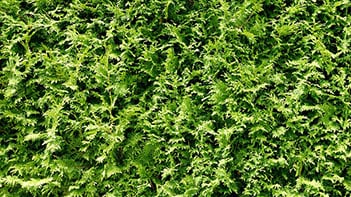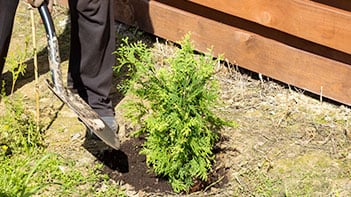SergeantCedars
![]()
Natural Privacy Solutions
Our mission at Sergeant Cedars is to be the most trusted and respected name and leading provider of cedar tree planting services. With our high-quality cedar trees and our team’s expertise in planting them, will guarantee that they will thrive. Each project is crafted with meticulous attention to detail to ensure we create astounding outdoor spaces that will enhance the value of properties. We go the extra mile to ensure our clients are completely satisfied with our work.
Our Services
Looking for a Professional
Cedar Tree Planting Service?
Sergeant Cedars of Oshawa, Ontario offers pickup, delivery, and planting services throughout the Durham Region and surrounding areas. We are experts in transforming landscapes with hedges as a pleasing alternative to traditional fencing that adds both beauty and functionality and a great way to accent homes and businesses.
 (905) 433-1019
(905) 433-1019

